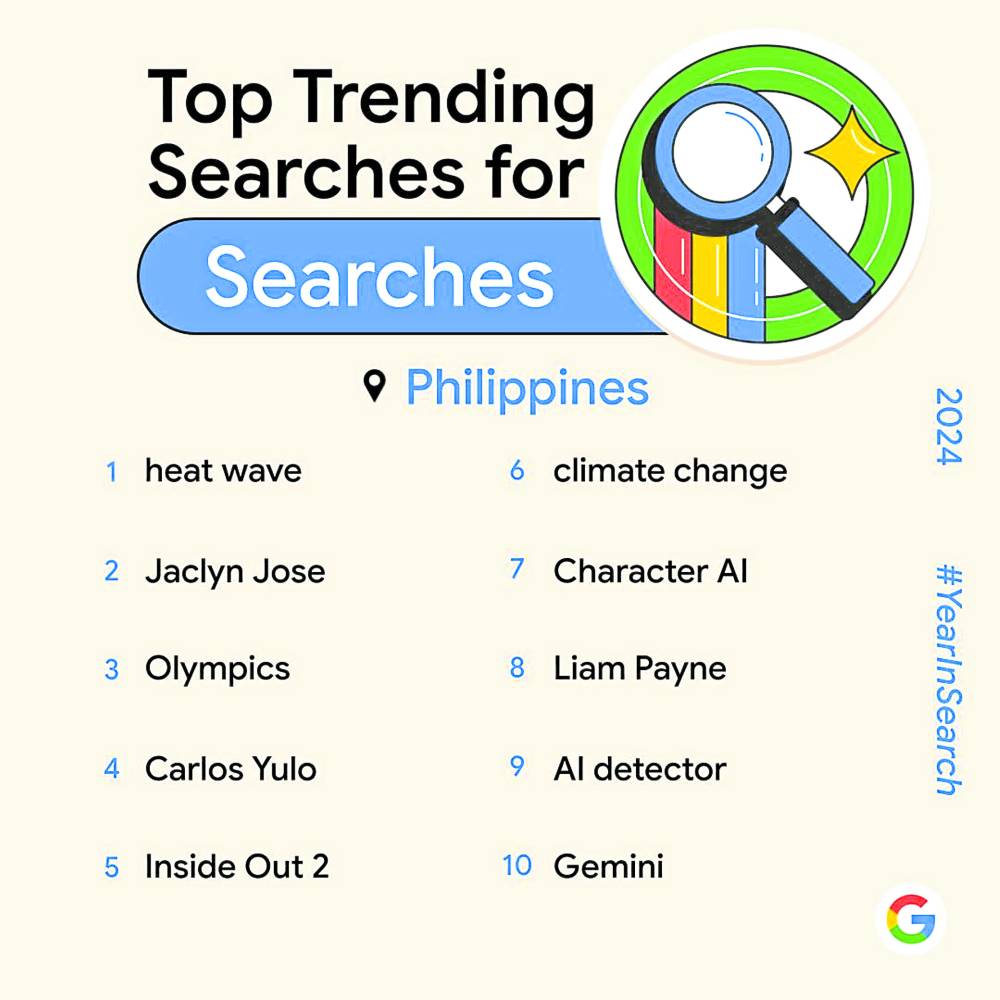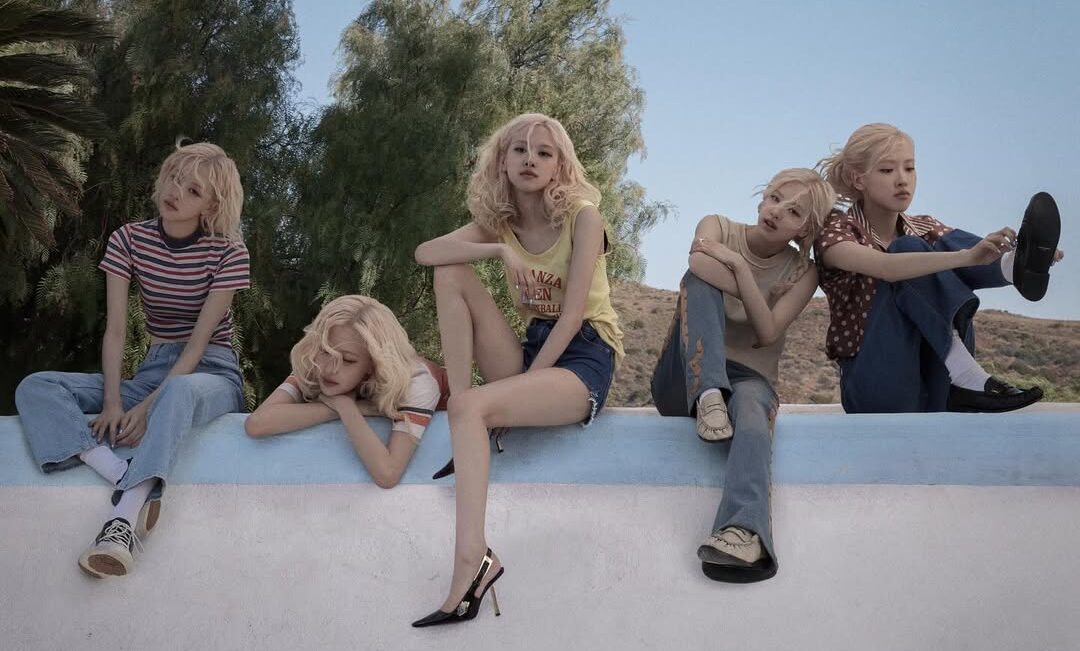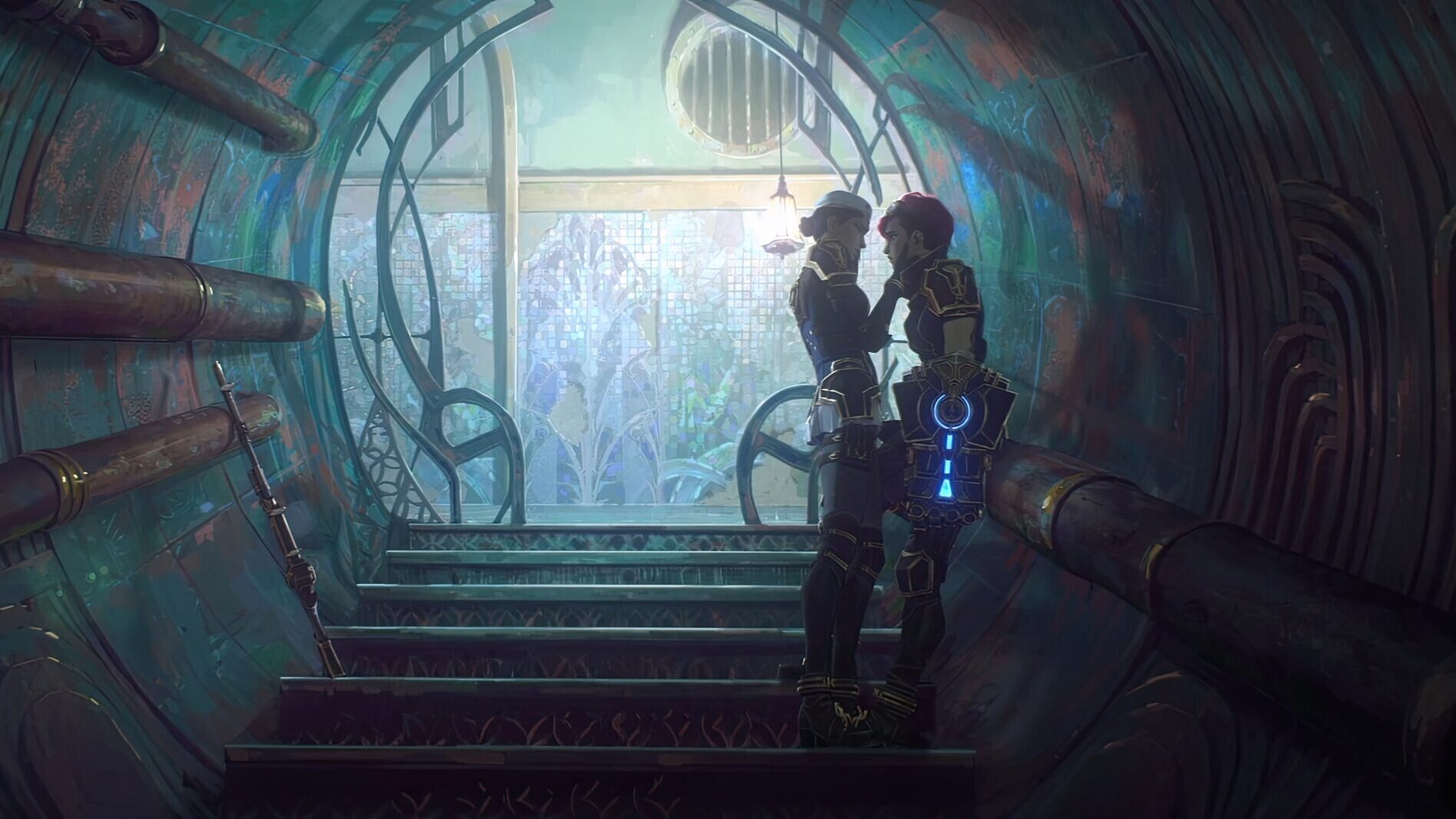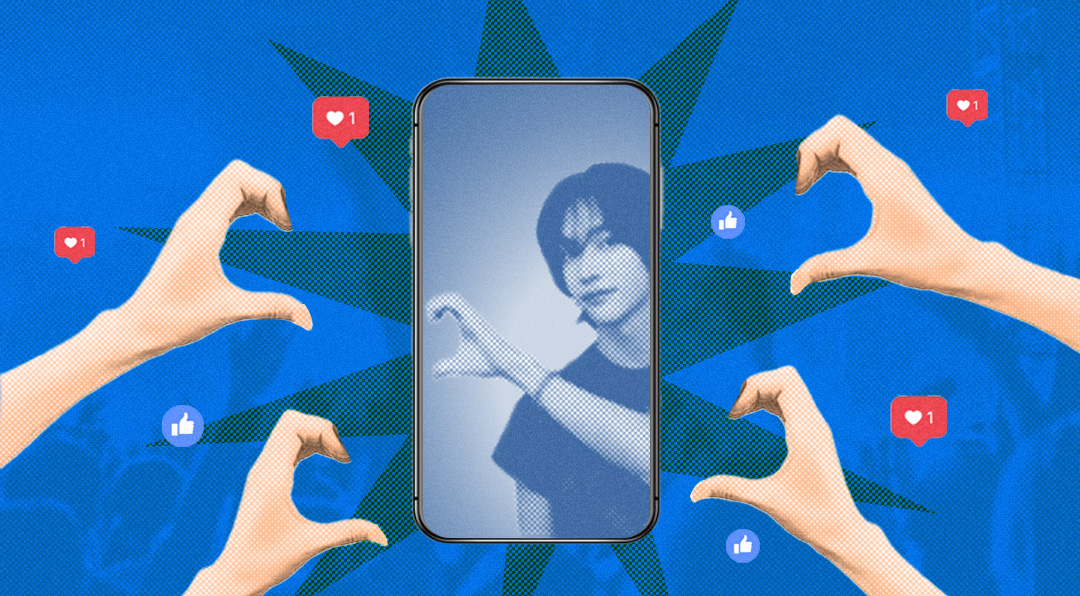Look, I gotta be real here—I’m still confused about what a Bitcoin does. More cryptocurrency jargon has exploded onto the Twitter ’verse, leaking its way into Art Twitter, causing major panic about a little thing called “NFT.”
Recently, a person who sold NFT artwork is now $69 million richer (yes, 69), thanks to an auction. Bad Luck Brian of meme infamy sold a crypto-art version of his own meme, which earned him $30,000. Nyan Cat got almost $600,000. Jack Dorsey of Twitter is selling his first tweet as an NFT, too. Now, seriously, what the hell is it?
What’s NFT in the first place?
NFT means “non-fungible token.” For those who aren’t Elon Musk, non-fungible basically means that something is “unique” and “irreplaceable.” A Bitcoin, on the other hand, is fungible—they’re all equal to each other. Unlike bitcoins, NFTs can be permanently tied to a digital asset. Enter: everyone and their mom suddenly becoming artwork collectors.
While digital NFTs can range from musical masterpieces to your 2 a.m. Twitter brainfart, artwork and memes are where it’s currently at in the online marketplace. Certain artists are getting richer, and some are taking it as an opportunity to sell digital artwork that wouldn’t be as lucrative in the real-life auction space. NFTs, when used properly, are supposed to prove an artist’s ownership when they do want to sell their work, because each NFT is unique and registered on the blockchain.
Of course, it always comes with a catch—and online artists are taking the brunt of it.
Stolen artwork?
A tweet from user @arvalis recently spread across timelines, which called out Twitter bots like @tokenizedtweets for allowing random users to turn tweets with art into NFTs without the artists’ permission.
Cool new scam artists should be aware of. Any rando can now turn your tweet and by extension, your artwork into an NFT by tagging this account @/tokenizedtweets
Block this guy pic.twitter.com/JeHXwcoYFV
— RJ Palmer (@arvalis) March 9, 2021
“Cool new scam artists should be aware of. Any rando can now turn your tweet and by extension, your artwork into an NFT by tagging this account @/tokenizedtweets,” they tweeted.
Even rap group Wu-Tang Clan was accused of selling someone’s artwork as NFT, as reported by a Reddit user.
The problem is that when it’s already owned by someone, you can’t actually get it “back.” Which is basically a nightmare scenario for artists.
Can it be stopped?
Because of the complicated nature of NFTs, the most feasible way of shooing them away (so far) is through blocking NFT-generating bots on Twitter and setting accounts to private. Unfortunately, though, these are only band-aid solutions.
According to copyright lawyers, one way of protecting their work is through “registering every single thing they do,” which isn’t always plausible. (Plus, what about fanart?)
Still, some experts are optimistic about NFT and its role in the arts community—if it was actually used well, that is.
“If the artists are the ones creating the non-fungible token and selling it, then that supports the arts community,” said Derek Mohr, professor and cryptocurrency expert. “It’s a way to get your work out there. And it doesn’t just have to be digital art; it can be physical art. You take a photo, say it’s a physical item, but item one out of 100 is registered here.”
This sort of neo-age art theft is another thorn in the long, long list of struggles that artists experience in the local scene, especially with a community filled with creators who already struggle with ownership as well as unfair wages. Pair these with a pandemic, and it’s more than just a tiny nuisance for artists everywhere.
So for real change to happen in NFTs—and to get back to the roots of actually fostering the arts scene—then the industry would need to step up. (And fast.)
Read more:
Here are 4 non-suckish ways you can help your artist friends
Protest online safely with these digital privacy tools
Learn all about fake news and data privacy with a playful zine
Art by Yel Sayo













































